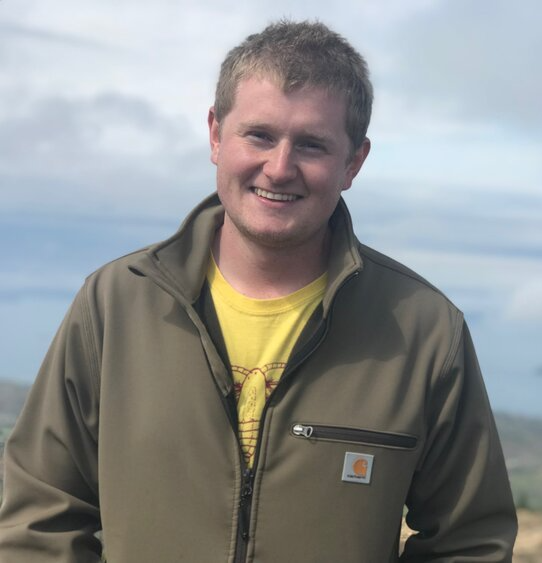James Elliott to Speak at Science Speaker Series
On August 12th at 7pm, the Nantucket Maria Mitchell Association is hosting a live Zoom lecture featuring James Elliot as part of the Maria Mitchell Science Speaker Series. His talk, “Life History and Population Dynamics of Green Crabs (Carcinus maenas)” is a featured event in our Nantucket Green Crab Week lineup, taking place from August 10 to August 14. Elliott serves as Greencrab.org’s Science Communications Advisor, supporting scientific decision making and creating educational content for the group. Full time, Elliot works at New England Biolabs as a scientist studying novel methods for enzyme development in the biotechnology industry.
In his talk, Elliot will discuss the nature and history of the highly invasive green crab. Carcinus maenas (the “shore crab” or “European green crab”) is a very proficient invader (considered to be one of the world’s 100 worst invaders by the International Union for Conservation of Nature) due to its phenotypic plasticity, wide temperature and salinity tolerance, and an extensive omnivorous diet. Native to Atlantic Europe, it has established two well-studied nonindigenous populations in the northwestern Atlantic and northeastern Pacific and less-studied populations in Australia, Argentina and South Africa. Carcinus maenas has been the subject of numerous papers, with over 1000 published in the past decade. Along with a summary of the results from a 3-year long trapping study in Salem Sound, this talk will broadly review current published information on the life history and population dynamics of this very important species, including genetic differentiation, habitat preferences, sizes of crabs, sex ratios, ecosystem dynamics and ecological impacts in the various established global populations of green crabs.
Elliot holds a Biology degree from Salem State University and a Master of Science degree from University of Maine. An active member of the New England Estuarine Research Society and the Crustacean Society, Elliot has previously worked closely with the Division of Marine Fisheries studying population dynamics and molt endocrinology of crustaceans during his time at the Cat Cove Marine Laboratory (Salem, MA) and the Marine Biological Laboratory (Woods Hole, MA).
Most recently, Elliot worked with Dr. Alan Young to publish an up-to-date account of the current information on the life history and population dynamics of the European Green Crab. While no longer affiliated with academia, he continues to engage in citizen science wherever possible.
The Nantucket Maria Mitchell Association (MMA) is a private non-profit organization. Founded in 1902, the MMA works to preserve the legacy of Nantucket native astronomer, naturalist, librarian, and educator, Maria Mitchell. The Maria Mitchell Association operates two observatories, a natural science museum, an aquarium, a research center, and preserves the historic birthplace of Maria Mitchell. A wide variety of science and history-related programming is offered throughout the year for people of all ages.
Recent Posts





